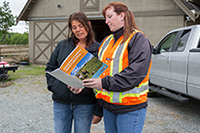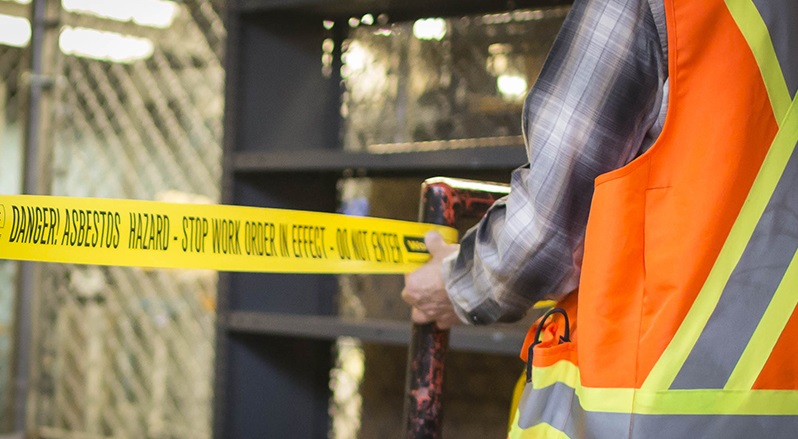WorkSafeBC has released their 2018-2020 High-Risk Strategy, a three-year plan to help employers reduce serious injuries in construction, forestry, health care and manufacturing sectors.
“Our goal with the high-risk strategies is simple,” says Dan Strand, Director of Prevention Field Services for WorkSafeBC, “to reduce the number of serious injuries.”
Construction:
The Construction High-Risk Strategy is based on three areas:
• Health and safety responsibilities: WorkSafeBC officers will conduct workplace inspections focused on health and safety planning and supervision. They will engage prime contractors, owners, employers, supervisors and workers to promote effective supervision and planning to prevent the development of unsafe working conditions and practices.
• Tools, equipment and processes: WorkSafeBC will focus on the selection of the right tool, equipment or process to reduce workplace incidents resulting in serious injury and the development of high-risk violations at workplaces.
• Partnerships and collaborations: The focus will include working with internal and external stakeholders, like the BC Construction Safety Alliance, to encourage and foster communication to proactively respond to evolving industry challenges and emerging risks.
Forestry:
The intent of the Forestry High-Risk Strategy is to implement focused and effective inspections in those areas of the timber harvesting sector that have the most risk to workers, typically falling into five areas of timber harvesting:
• Manual tree falling
• Log transportation
• Cable yarding
• Mechanized harvesting
• Silviculture
In addition to these five main areas, emergency-response planning has also been identified as a critical target area for the forestry high-risk strategy. The seasonal nature of forestry work is also incorporated into the Forestry Strategy. Officers in different regions of the province will continue to have the latitude to shift their inspection activity to reflect seasonal work.
Health Care:
WorkSafeBC’s approaches for the Health Care High-Risk Strategy include:
• Applying point-of-care inspection protocols with a primary focus on violence prevention and employer internal-responsibility systems.
• Implementing various initiatives to educate employers, workers and supervisors, build relationships, and encourage safe work practices with a primary focus on violence prevention.
The Health Care Strategy notes that B.C. health care assistants have the highest number of time-loss claims of any occupation in the province. Combined, health care assistants, registered nurses, licensed practical nurses, social workers, home support workers and paramedics represent 74 per cent of all time-loss claims in the health care and social services sectors – with point-of-care interactions between heath care workers and patients or clients posing the greatest risk of injury due to acts of violence.
Manufacturing:
Implementing the Manufacturing High-Risk Strategy, WorkSafeBC officers will focus on the manufacturing sub-sectors that are at risk for serious injury, and evaluate whether the employer:
• Identifies hazards and risks
• Implements effective and compliant controls
• Develops safe-work procedures, programs and policies
• Provides related instruction, training and supervision
• Conducts effective inspections
• Performs effective accident investigations
• Engages the joint health & safety committee or worker health and safety representative
The Manufacturing Strategy will also address the risks of serious injury from seven areas of strategic focus, with inspections focused on the areas most applicable to each location, including:
• Safeguarding and lockout
• Powered tools
• Hand tools (knives)
• Material handling (falling objects)
• Falls from elevation
• Falls on same level
• Mobile equipment
• Additional risk areas are fires and explosions
Quick Facts:
- Asbestos is the number-one killer of workers in B.C. From 2007 to 2016, 606 workers died in B.C. from diseases related to asbestos exposure.
- Falls from heights are the leading cause of injury for construction workers in B.C., representing 29 percent of all claims costs in 2016. From 2012 to 2016, falls from ladders injured or killed 2,012 workers in the construction sector.
- In 2016, there were 13 fatal workplace incidents involving forestry workers.
- Health care and social services are disproportionately represented in time-loss claims due to acts of violence: 62% of all violence-related time-loss claims arise out of the health care and social services sectors.
- More than one-third (around 35%) of the serious injuries in manufacturing were related to lack of or improper safeguarding and lockout.




